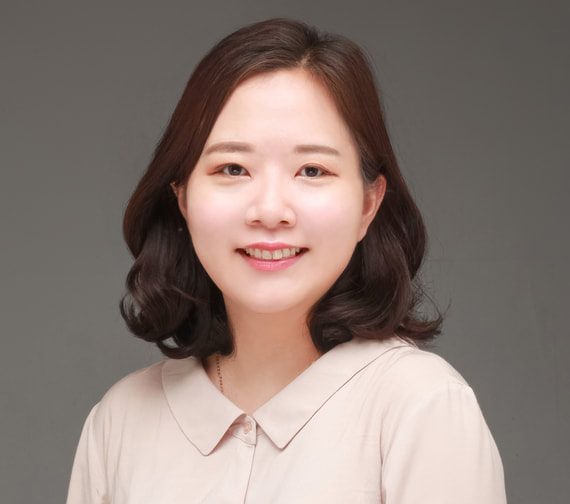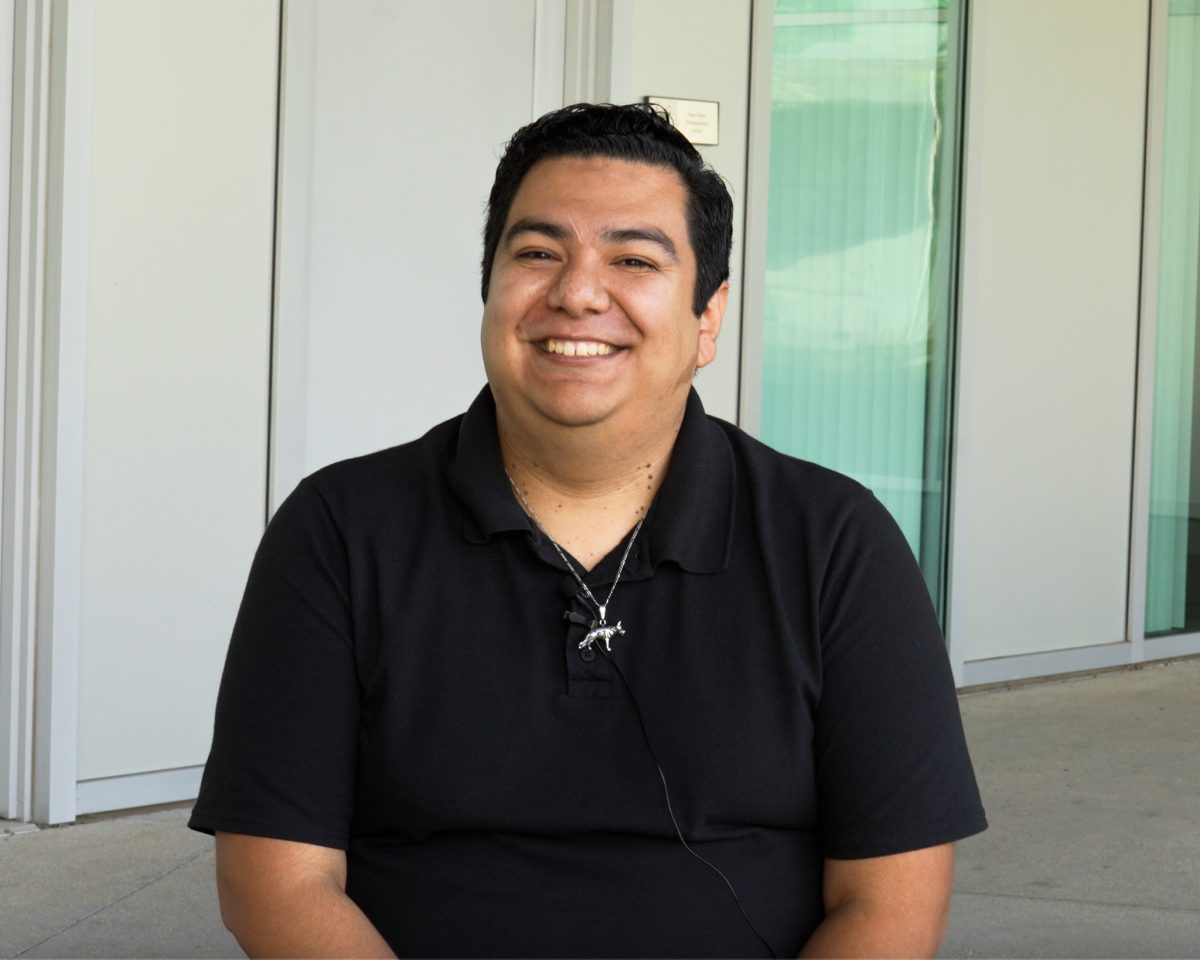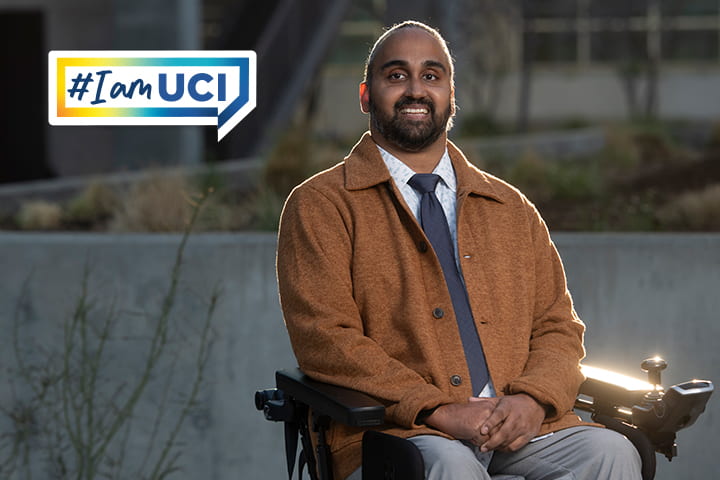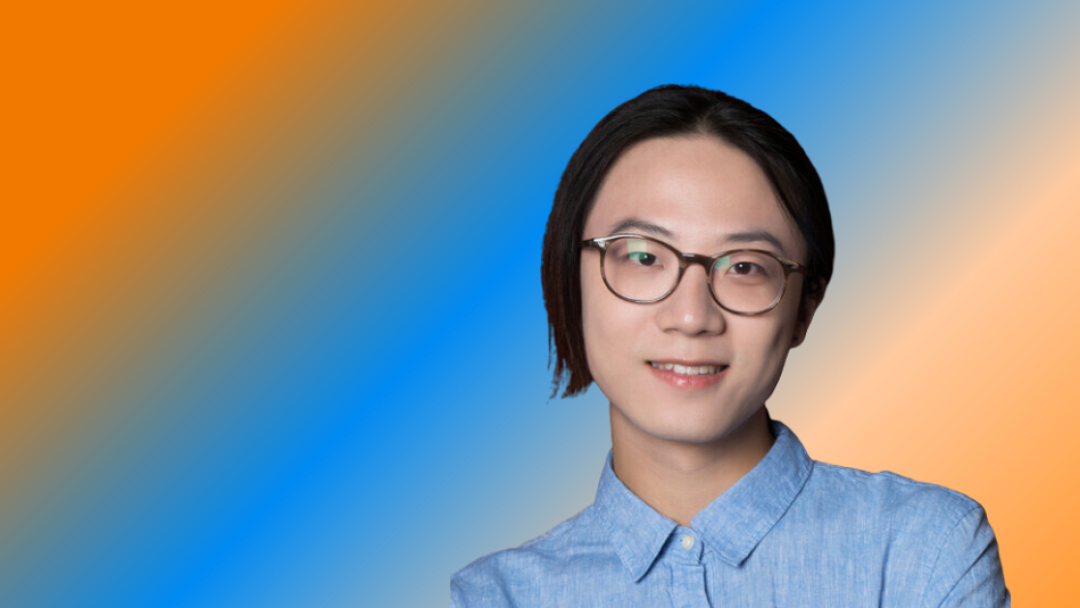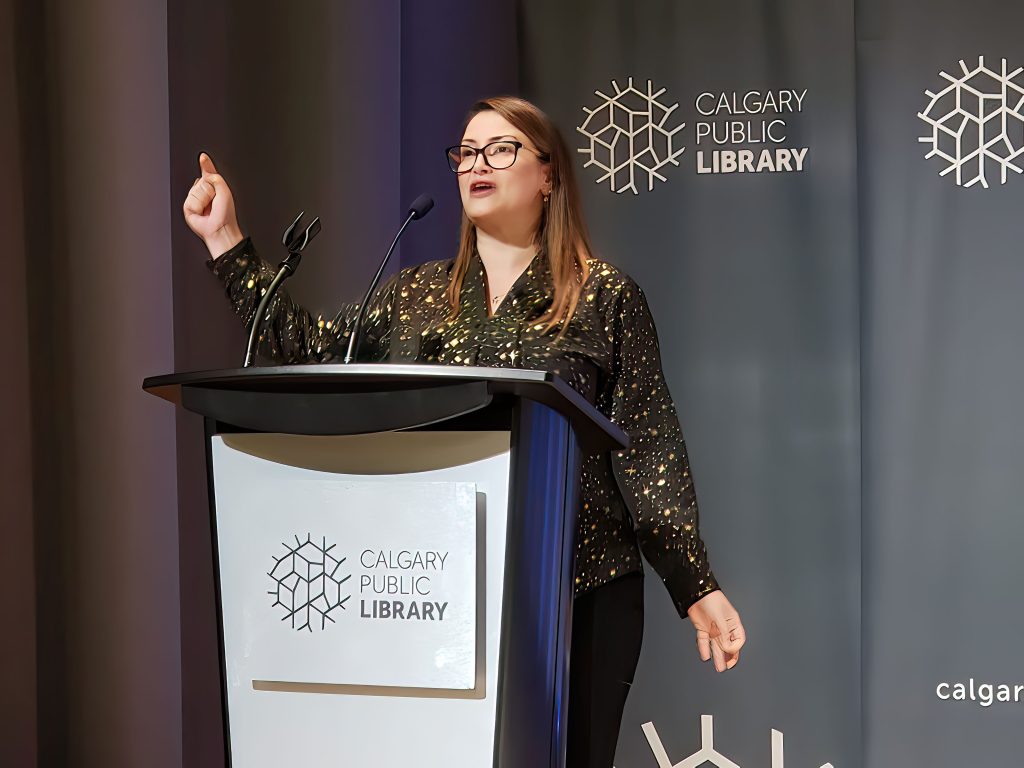John Huang is an Associate Director and Site Executive at Raytheon Technologies located in Fullerton, CA. He has been a partner with UCI Graduate Division for our A2i Accelerate to Industry program and is a member of Dean Hayes’ Leadership Council. Huang is also a judge in the UCI Grad Slam 2024 competition.
John’s domain expertise range from large scale DoD development programs to commercial startup in providing C5I solutions, GPS Navigation Landing Systems, Radar mission applications and Identify Management products. John is experienced in full life cycle engineering development from safety critical, embedded, and hard real time systems to open data centric applications. He held position in Software Program Manager, Proposal Lead, Software Technical Director and System Integration Lead.
John holds a B. S. in Information and Computer Science from University of California, Irvine. His professional certifications include Software Architect Certification, System Engineering Technical Development Program and Software Program Management.
The following interview has been lightly edited for brevity and clarity.
How was your experience as an undergrad at UCI?
I graduated from UCI in 1996 and my wife graduated the following year. My sister-in-law also graduated in 1996, actually.
I grew up in Orange County and it was close to where my parents lived. It was local and I was trying to minimize expenses so that was the reason I chose UCI.
How did you get involved in graduate education at UCI?
A couple years ago, Rocky (Michael Rakijas) came by and indicated that there is a Dean’s Leadership Council. Because I love the city of Irvine and went to UCI, we all went to school there, so when we bought our house it had to be in the Irvine School District. So when Rocky asked me, I had no doubt, I’d love to join the council. And that’s the connection we made a few years ago.
Now you’re heavily involved in our industry partnership program, why is this initiative so important to you to be involved in?
When I was at UCI, I remember thinking “what’s next?” and how important that is. So now that I’m on the other side, I have an appreciation for the students that are thinking that.
The other side is, we (Raytheon) actually lack talent and need to establish a pipeline where we can consistently engage with schools.
I just think all of the students have so much potential and I get so excited. I told them, “You don’t realize it, but you can literally do anything you want. The skillset you have, the tools you have from UCI, can be applied to any domain and any technology.”
At this time, the world we’re in right now, a digital world, there are so many opportunities.
Engaging this industry really resonates with me from college until now. At the end of the day we all have to make a living, but within that day, finding that passion and trying to help somebody along the way … I’m thankful I have the opportunity to do that.
Our graduate scholars are perfect candidates for these types of jobs.
Exactly. Having a master’s or PhD is a caliber above undergrad. It really demonstrates that they can solve and dig into complicated problems. That just gives us another indicator that this person will most likely be successful at Raytheon. There is less risk, for us, by working with a graduate student.
The caliber of talent, you can just tell, even during interviews, is different.
What is the biggest difference between an undergrad and graduate student?
Maturity. Depth. Communication. Articulating ideas. The way they can communicate to us what they have done is very impressive.
Can you describe how the experience was, hosting students for a site visit as part of the A2i program?
There was around 20 students. Jennifer (Ellinger) and I did some prep work with the students beforehand. The intent was that the students would either be interested in working at Raytheon itself or want to get a better understanding of our products.
We gave them a presentation overview of what Raytheon is about. Then we had three engineers give them presentations about some of our products that are available for public access.
We had lunch with the students and then we had some hiring managers do some mock overviews.
We started the whole process at 10 a.m. and it lasted until around 2 p.m.
Afterwards, all the hiring mangers were so impressed with the interviews. Specifically how ready the students were. We ready to make three offers and one accepted, Rayhon (spelling) (picture above).
Can you describe Rayhon and what you hired him for?
He is working on radar software development. It’s a radar application he’s developing. He’s been great, he’s able to pick things up very quickly and the team loves having him around. He gelled pretty quick with the team and learning the new processes and tools. Overall, all I hear about him is good things. He’s also from the school of ICS (Information and Computer Sciences), funny enough.
There are actually two other Anteaters at Raytheon that I didn’t even know went to UCI.
Why should a company partner with UCI?
You have leaders like Valerie (Amador) and Jennifer (Ellinger) that really are committed to this. If you weren’t committed to this, it wouldn’t work, even if the students wanted it. I think the school is looking out for students and engaging them to be ready for the next chapter. To me, that would be the number one part. You have a trusted partner in UCI that is connecting with the students.
Number two is definitely the student talent at UCI. I mean, it’s obvious.
The people, the structure, and the intent of wanting this to work. There’s a real commitment from the school in making this successful. I would have loved to have this environment when I was in school. The things you are providing to the students like resume work, career paths, salary negotiations. Companies should join because that means, if nothing else, you always have a local talent pool. The only way it works is to build a long-term relationship with a school. And the talent pool will always replenish itself.
Would you hire another UCI Anteater?
Absolutely. Within Raytheon, we have campus managers. I am the UCI Campus Manager. So there’s a real intent for me to stay connected with UCI in multiple ways. It feels like a second home so I want to stay engaged. I get re-charged when I’m around the energy of the students.


